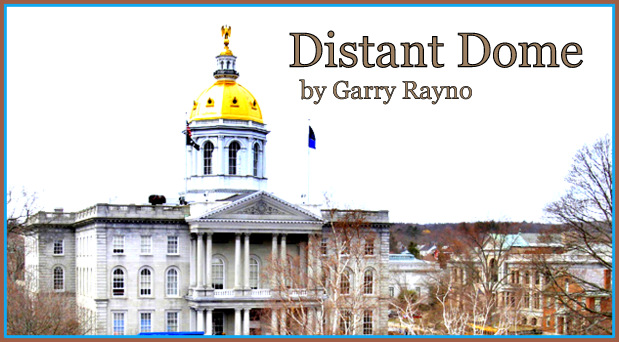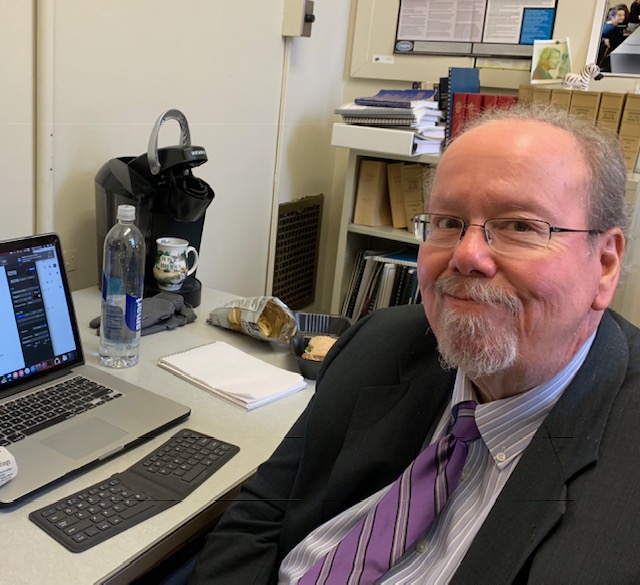
By GARRY RAYNO, InDepthNH.org
It is time for a little honesty about the state’s new Education Freedom Account program and who is benefitting from the use of the state’s tax dollars.
The program was sold as a way to provide the best education model for individual students outside the public school system.
Under the program, the state would pay what it would have paid the public school in aid and the parents and students could use the money for an alternative program that best fits the student.
The public schools would continue to receive some state aid over a three-year step down from 75 percent to 25 percent.
Initially there were few if any guardrails on who could participate, how the money could be spent, or for special education and other federal requirements or against discrimination, or privacy protection, although the end product addressed most of those issues — not as thoroughly as many had hoped — and was passed in the state’s two-year budget package last year because it may not have passed as a stand-alone program.
Education Commissioner Frank Edelblut, a key program advocate, told lawmakers last year it would cost about $130,000 the first year and $3.3 million the second year.
Instead, the first year the state’s obligation was more than $8 million to serve about 1,500 students, a figure far exceeding what Edelblut predicted.
And instead of leaving public schools to participate in one of the most expansive voucher programs in the country, about 90 percent of the participating students were in private and religious schools or home schooled and other non-public programs.
That meant the state had a new $8 million obligation added to the burden on the Education Trust Fund, which until recent years always was in deficit and needed general fund money to pay the state’s education aid bill.
This fiscal year the state’s obligation has grown.
The Education Department issued a news release Friday indicating the number of participants in the program doubled in the second year.
The program has grown from 1,572 students last school year, to 3,025 this school year, an increase of 1,463 students.
The additional students brings the state’s tax dollar obligation to $14.7 million this school year for a two-year total of about $23 million, which is significantly higher than $3.4 million.
In the press release, Edelblut notes this year that about 400 — i.e. probably less — of the 1,463 students were public school students last year or 27 percent of new participants.
The information he lists of students leaving public schools shows 694 students left public schools to join the program in its first two years, and also includes an additional 272 students who left public schools in the 2019-2020 school year due to COVID-19, and reaches back a decade to include 294 students who left public schools through the education tax credit scholarship program that began in 2012.
His total for students leaving public schools is 1,260 or 42 percent.
The honest total of public school students leaving for the education account program is 694 students or 23 percent.
Using either figure, Edelblut’s 27 percent or 23 percent, three out of four students did not leave a public school to join the program.
Three-quarters of the $23 million over two years is a new state obligation that was not budgeted in the two-year budget that contained the EFA in the budget footnote bill.
In a press release Edelblut said, “While it has exceeded our expectations, it is exciting and encouraging to know that New Hampshire families now have the opportunity to determine the best educational pathways for their children, and that economically disadvantaged students will also have various options to fit their personal learning needs.”
That is a bit disingenuous in two ways, because 75 percent of the students were already on “the best educational pathways” before the program began, and less than half the students would qualify as economically disadvantaged under the state education aid system using free and reduced lunches as the trigger.
Information Edelblut provides shows that 1,521 of the participants do not qualify for free and reduced lunch while 1,504 of the students are below the poverty level and do qualify.
Of the 3,025 students, 187 students, or .6 percent, qualify for special education aid, and only 10 are English as a second language students.
And only three students do not read proficiently at the third-grade level.
“The vast majority of students, 82 percent, are white, which is about the same as the statewide average of 83.3 percent, with the second largest population being Hispanic or Latino at 6.5 percent, which is lower than the state average of 7.6 percent.
Black students represent 5 percent of the students in the EFA program, versus the statewide average of 2.4 percent.”
The EFA students represent 1.9 percent of the students in the state.
In his press release, Edelblut said “The cost to taxpayers would be about $65 million if the 3,025 students, who are all eligible, attended a traditional public school.”
He uses a statewide average per pupil cost of $21,386 for all 3,025 students to derive that figure which is $64.7 million.
But three-quarters of the students were not in public schools the last two school years who joined the program and that would reduce the cost to taxpayers for the students who did attend public schools before joining the EFA program to $15.5 million.
The state also will be paying the schools losing students three quarters of what it would have paid in aid for those students this year, so the savings are even less than that to state taxpayers.
Many of the students and parents who participate in the program are pleased to be able to tailor educational opportunities for their students and appreciate the opening it provides for the children.
Students testified in public hearings this year how the program helped them with many talking about the new technology that was available and the non-classroom alternatives they enjoyed.
And others talked about finally finding a program that challenged them or gave them room to be themselves.
For many the program is a Godsend, but advocates need to be honest about what is really going on and most of that is using state tax dollars to pay for private and religious schools, and homeschool programs, not children leaving public schools to find a more fitting education environment.
The information the Education Department provided does not indicate where the EFA money is being spent.
During the first year of the program a majority of the money went for tuition payments to religious schools and there is no reason to believe that has changed.
So perhaps in the interest of honesty, the name of the program should be either “the religious/private school relief act” or “the grift that keeps on giving.”
Let the kids thrive and let the state’s citizens see where the money goes and how well their tax dollars are being spent. That is accountability and this program has been short on that measure since its beginning.
Garry Rayno may be reached at garry.rayno@yahoo.com.
Distant Dome by veteran journalist Garry Rayno explores a broader perspective on the State House and state happenings for InDepthNH.org. Over his three-decade career, Rayno covered the NH State House for the New Hampshire Union Leader and Foster’s Daily Democrat. During his career, his coverage spanned the news spectrum, from local planning, school and select boards, to national issues such as electric industry deregulation and Presidential primaries. Rayno lives with his wife Carolyn in New London.





